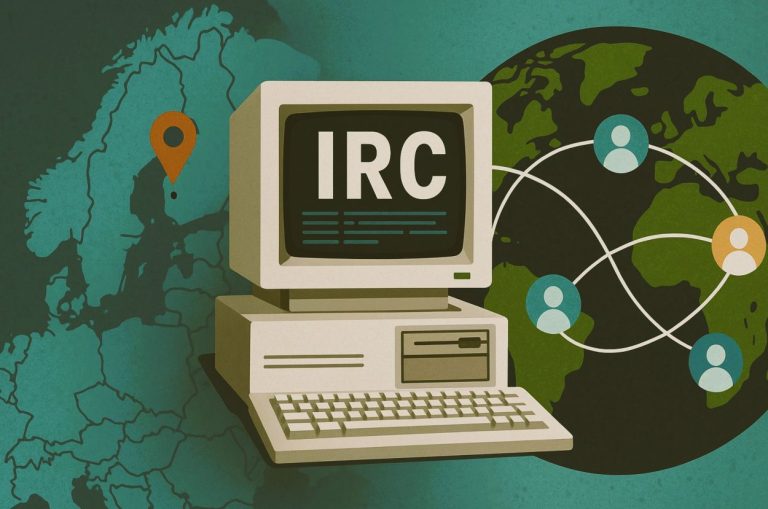

Data loss, whether from accidental deletion, hardware failure, or cyberattacks, can be a terrifying experience. Crucial memories, important documents, irreplaceable work projects – all seemingly vanish in an instant. Amidst the panic, the question arises: can my data be retrieved? The answer lies in understanding the SalvageData Canada – a meticulous journey to salvage your digital assets.
This guide serves as your roadmap, demystifying the intricacies of secure data recovery and empowering you to make informed decisions.
Step 1: Recognizing the Signs of Data Loss
Not all data loss events are immediately apparent. However, some telltale signs can help you identify potential trouble:
- Unexplained file deletions: Notice important files missing without your recollection of deleting them? This could be an accidental deletion or malware activity.
- Device malfunction: Erratic behavior, unusual noises, or slow performance from your storage device can indicate hardware failure, putting your data at risk.
- Software corruption: Operating system crashes, application errors, or unexpected data corruption signify potential software issues that might affect accessibility.
- Ransomware attack: If you receive threatening messages demanding payment to unlock your files, you’re likely facing a ransomware attack. Don’t succumb to the pressure; seek professional help immediately.
Step 2: Stop the Bleed – Immediate Actions
Once you suspect data loss, act promptly to minimize further damage:
- Power down the device: Immediately shut down your computer, external hard drive, or affected device. Continued use can aggravate the situation and overwrite lost data.
- Disconnect from the internet: Isolate the affected device from any network connection to prevent malware from spreading or attackers from gaining remote access.
- Avoid DIY attempts: Refrain from using data recovery software at this stage. While some solutions exist, improper use can permanently damage your data. Trust the process to professionals equipped with specialized tools and expertise.
Step 3: Choosing the Right Data Recovery Service
With numerous data recovery companies vying for your attention, careful selection is crucial. Prioritize the following:
- Reputation and experience: Opt for established companies with a proven track record of success and expertise in handling your specific data loss scenario.
- Security protocols: Ensure the company employs robust security measures, including data encryption, secure facilities, and background-checked technicians, to safeguard your sensitive information.
- Transparency and communication: Choose a company that offers clear communication channels, detailed diagnostic reports, and transparent pricing structures. Beware of hidden fees or unrealistic guarantees.
- Success rate and data privacy: Inquire about their success rate for similar data loss situations and their data privacy policies to ensure your information remains confidential throughout the process.
Step 4: Initiating the Recovery Process
Once you’ve chosen a trusted provider, the data recovery process typically unfolds as follows:
- Free diagnostic assessment: Most reputable companies offer a free initial diagnosis to determine the cause of data loss, assess the extent of damage, and evaluate recovery feasibility.
- Quotation and approval: Based on the diagnosis, you’ll receive a detailed quotation outlining the recovery methodology, estimated cost, and turnaround time. Carefully review and approve the terms before proceeding.
- Secure data transportation: The service provider will provide secure instructions for sending your storage device to their facility. Ensure proper packaging and consider data encryption for added security.
- Data recovery and validation: Skilled technicians will employ specialized tools and techniques to recover your data. Once retrieved, they’ll undergo a rigorous validation process to ensure accuracy and completeness.
- Data return and destruction: Upon successful recovery, you’ll receive your data in a chosen format. The service provider should permanently erase any residual data from their systems to maintain confidentiality.
Step 5: Prevention is Key – Building a Secure Future
While data recovery can offer a lifeline, prevention is always the preferred strategy. Here are some essential practices to minimize future data loss risks:
- Regular backups: Implement a consistent backup routine, storing copies of your data on separate physical or cloud-based storage devices.
- Antivirus and malware protection: Employ reliable antivirus and antimalware software to safeguard your system from cyber threats.
- Physical care: Handle your storage devices with care, avoiding exposure to extreme temperatures, physical shock, or accidental drops.
- Power surge protection: Invest in surge protectors to shield your devices from electrical fluctuations that could damage hardware and data.
- Software updates: Regularly update your operating system and applications to address security vulnerabilities and prevent software-related data loss.
Data loss can be a stressful experience, but understanding the secure data recovery process empowers you to make informed decisions and navigate the journey with confidence. Remember, prioritizing prevention and choosing a reputable service provider are key to maximizing your chances of a successful recovery and securing your valuable digital assets.


